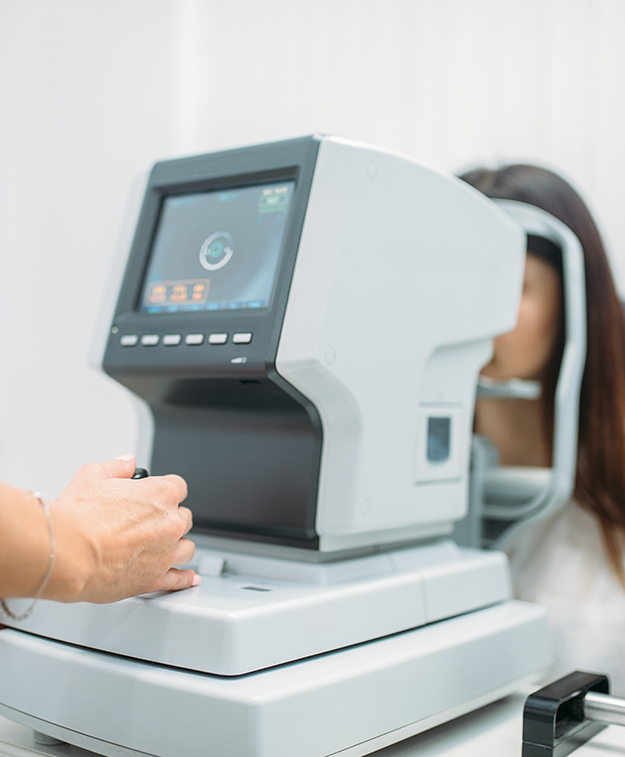
Computer Vision
We care most about your eye health!
- Blurred vision
- Eye Strain and discomfort
- Headaches
- Dry, scratchy eyes
- Neck and/or shoulder pain
How Severe Is This?
The severity of computer vision syndrome symptoms depends on various factors such as the duration of computer use, posture, lighting conditions, glare, monitor angle, and any existing diagnosed or undiagnosed vision issues.
If you already have conditions like astigmatism, myopia, presbyopia, aging eyes, or diabetic eye problems, your symptoms of computer vision syndrome may worsen. This can be the case even if you wear prescription eyeglasses or contact lenses.
Regular contact lenses, eyeglasses, and sunglasses are often not designed to address the issues caused by computer screens. However, there are computer-friendly lenses available. These specially-designed glasses can be beneficial for individuals with normal eyes and vision when used during computer or screen usage.
Here are some additional treatment options that can help reduce computer eye strain problems:
- Computer Setup: Adjust your monitor to be 15-20 degrees lower than eye level when seated 20-28 inches away from the screen. Use an anti-glare screen to reduce glare from surrounding lights. Maintain proper posture while working.
- Adjust Lighting: Minimize glare by repositioning lighting or your computer. Utilize natural lighting whenever possible.
- Eye Rest and Blinking Breaks: Take a 20-second break every 20 minutes to look at a distant point and refocus your eyes. After every 2-hour computer session, give your eyes a 20-minute break. Remember to blink frequently to keep your eyes moist. By combining proper optometry care and self-care, you can reduce symptoms of computer vision syndrome.

